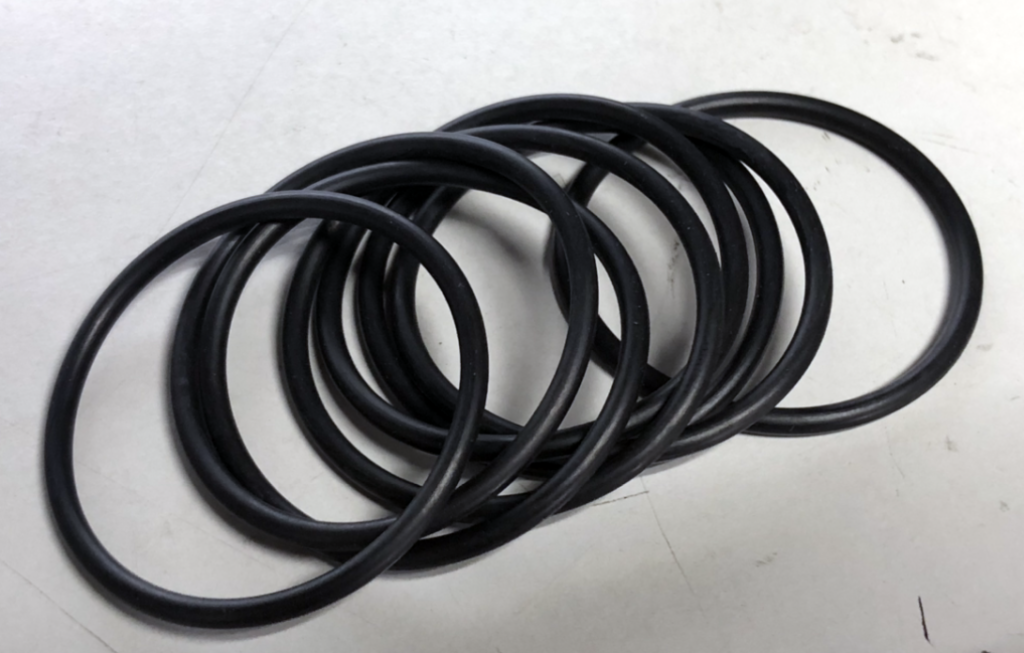Following in my last blog on the OEM are not always right (finance governs engineering) today I want to share with you an application I had some years ago.
“Freedom of speech” I am not sure how free I can be on this platform but just in case I will refrain from naming OEM.
I have a customer whose job was to maintain some large Natural gas compressors. The units were integral’s they had 12 power cylinders running off natural gas and I think 4 compression cylinders 2 fist stage 1 second 1 final stage all running off the same crankshaft.
He came to me complaining of leaking power cylinder liner O-rings leaking coolant into the crankcase and contaminating lube oil. causing more frequent oil changes of somewhere close to 8 barrels per change. You can do the math on that.
When I looked at it, what I found was the OEM using Viton material to seal off against hot jacket cooling water/glycol. My guess is this O-ring was chosen by temperature and not the application. In this application, Parker rates this material as a 4 (unsatisfactory). Viton will work well in hot hydrocarbons but poorly in hot water steam, it will deteriorate very quickly. Water as most people say (is just water) but depending on the application and temperature could be very chemical by nature and aggressive. We recommended EPDM; Parker rated as a 1 (Satisfactory) in this application.
After installing our recommendation, they ran the full-service life of the oil without contamination.


